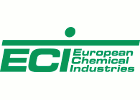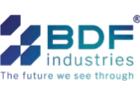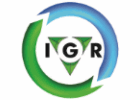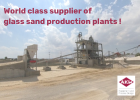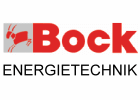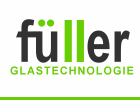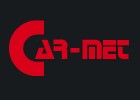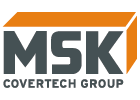INFO
This is the basic company information. The company provides additional detailed information, such as website, fax and telephone numbers, contact persons, history and company data.
To get access to this information or for printout of the company profile, you need to have a valid "Profile Access" to glassglobal.com. Information for booking are available at Price Info .
Contact Info
| Address | EControl-Glas GmbH & Co. KG Otto-Erbert Straße 8 08527 Plauen |
| Country | Germany |
| Get in contact with EControl-Glas GmbH & Co. KG |
Products or Machinery
EControl® – this is the name of the new dimmable antiglare glazing from EControl Glas GmbH & Co. KG at Plauen, Germany.
After several years of development in the Pilkington/Flabeg group, our company has developed a antiglare glazing, through which the transfer of light and solar energy may be electronically controlled.
Development of switchable/dimmable glazings
With EControl®, the new dimmable insulating glass for buildings, the ingress of light and heat into a room can be controlled to suit the requirements. The glazing is then ideally suited to all of the daily and annual changes in external conditions, particularly in terms of energy savings and user comfort. The foundation of this variable solar-control glazing is the electrochromic effect. A thin nanostructured film changes from transparent to blue-coloured by the application of an electric field, thereby reducing the transmission of solar energy through the window.
A small electrical signal (less than 3V) activates the ion-exchange and thereby regulates the transmittance of the electrochromic glazing.
